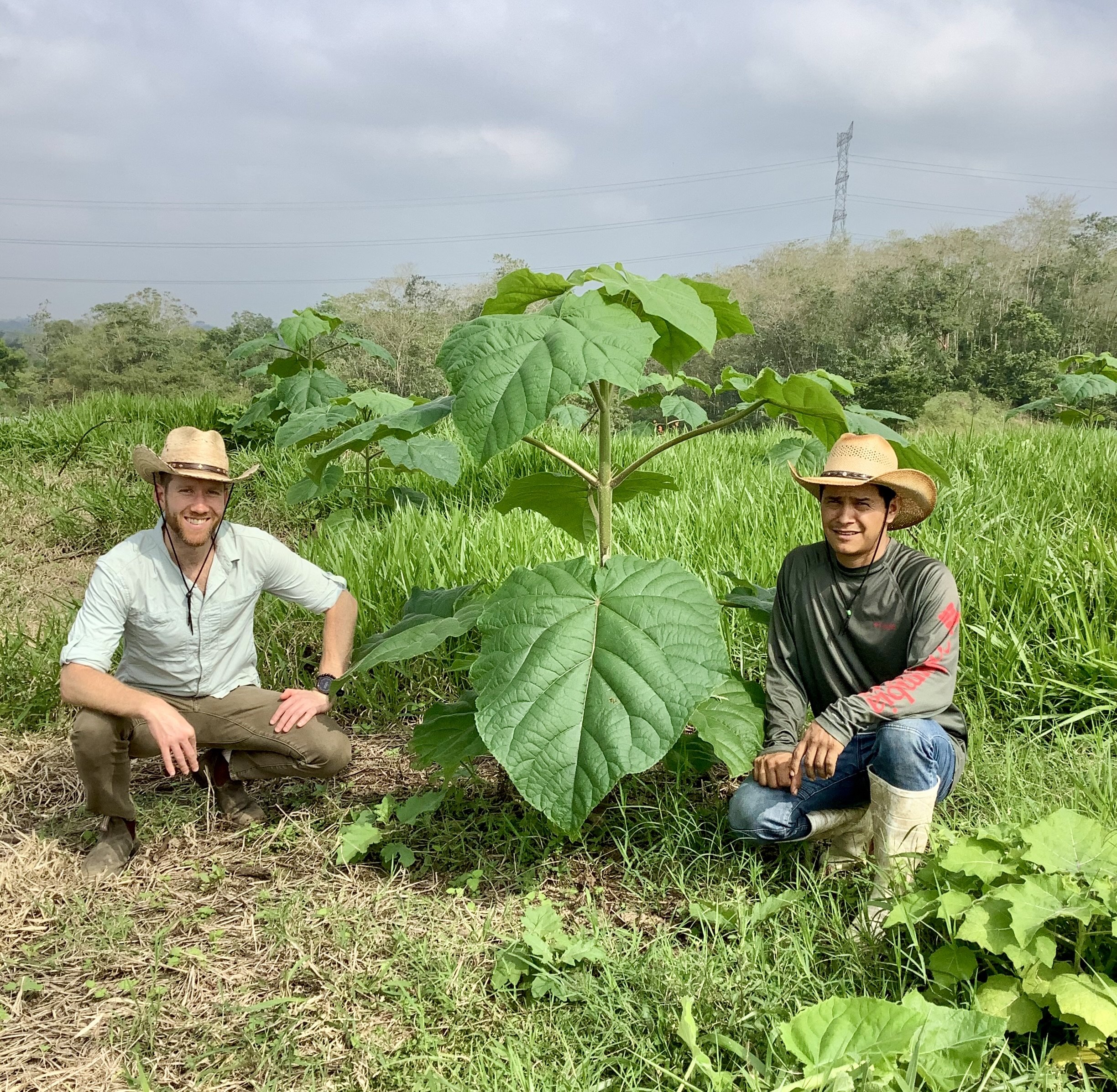World Tree
Balancing Regeneration and Practicality
Posted on World Tree website.
In 2017, I shipped off to Argentina waving the flag of shareholder capitalism. I hypothesized that venture capital could vitalize developing economies and raise the quality of life for all. As I navigated Latin American startup ecosystems, it dawned on me that most of the entrepreneurs and investors cashing in on the Latam VC gold rush looked a lot like me – European blood and speaking English. Many of them were already wealthy and a lot of the investment capital came from US/European sources. Venture capital has funded some transformational products in Latin America, but the dramatic accumulation of wealth with the already wealthy and repatriation of profits to the US and Europe made me feel a bit queasy.
Then, I visited rural Guatemala, rolling through dilapidated towns where the most stable structures were plastered with banners for Coca-Cola, Pepsi, and Nestle. Towns where soda and cookies cost less than fresh water, fruits, and vegetables. These corporations had enough money to wipe out malnutrition in the entire country, yet they were heavily invested in the very causes of diabetes, farmland erosion, and cultural degradation. How could this be the result of 300 years of industrial innovation?
Since the colonial age, exploitation has dominated the economy. An economy that unsustainably extracts resources and enriches shareholders at the expense of ecosystems and communities. An economy that has pushed the biosphere to the brink of collapse.
Yet, despite my disillusionment with traditional shareholder capitalism, I still believe that aligned economic incentives are an indispensable tool to transform our relationship with the world from one of exploitation to symbiosis.
In a “regenerative” economy, shareholders, local communities, and non-human nature all thrive. Our financial systems can thrive in service to, rather than through the exploitation of, life.
The Regenerative Approach
World Tree and her investors face the challenge of developing projects that honestly regenerate land, natural habitat, and local communities while providing attractive returns for investors.
For World Tree, a truly “regenerative” project emulates the self-sustaining cycle of a healthy natural ecosystem. Such projects restore natural habitat, rejuvenate biodiversity, and ensure the resilience and self-sufficiency of the landscape. They engage local communities in meaningful ways, create sustainable livelihoods, and share profits fairly, all while striving for ecological balance and minimal reliance on exogenous inputs.
Transitioning to a regenerative economy demands a significant shift in mindset and practices throughout the economy, especially in securing the necessary funding. In harmony with the growth of a healthy ecosystem, the profits of regenerative projects are elongated, long-term, and perpetual, whereas traditional capital markets expect quick, short-term profit periods.
To deploy capital in service to life, we need to redefine our ideas about risk and liquidity horizons to be aligned with the natural rhythms of healthy ecosystems. This requires a change in mindset for project developers and the institutions that finance projects.
The World Tree Solution
World Tree’s first Signature Farm Project, La Cabaña, transforms a 1,235 hectare cattle ranch into an economically-profitable wildlife corridor. La Cabaña is located on an important migratory route from the highland Central Volcanic Cordillera to the lowland Tortuguera National Park on the Caribbean coast. This zone is trafficked by several threatened species such as jaguars and howler monkeys and has been significantly degraded by deforestation and habitat loss.
World Tree has integrated native reforestation zones, regenerative agroforestry techniques, and structural connectivity like hedgerows and riparian buffers to restore the wildlife corridor on the property. They designed the project as a 100-year carbon project, versus the typical 30-year, to incorporate the transition of timber plantation areas into long-term conservation after the harvest period. Additionally, the project includes a budget for socio-economic initiatives in the local communities, such as long-term job opportunities and regenerative agriculture training programs, to ease the economic pressure of forest exploitation in surrounding areas.
In all, only 463 hectare will be planted with Empress trees and crops to deliver attractive returns to investors while creating a biodiverse wildlife corridor and rejuvenating the local economy.
Across the world, vast swaths of old-growth forests have been clear-cut and converted to intensively-grazed cattle ranches and conventional farmland. World Tree transforms these monocultures of grass and crops into a mosaic of permanent crops with a high proportion of tree cover, more closely resembling the original ecosystem.
World Tree’s projects aren’t perfect. La Cabaña is 90% organic, but they will use small amounts of exogenous fertilizer and pesticides. They buy the land, which over time could result in concentrated land ownership by a foreign corporation. They export the primary crop – Empress lumber – to foreign markets.
However, World Tree continuously improves their projects towards the regenerative ideal as their experience grows and capital markets evolve. They are iterating with planting and harvest schedules to align forestry practices with sustainable harvesting principles. They seek greater opportunities for local communities to participate in project design and operations such as providing property access for bee hives and smallholder agriculture. They are exploring end-of-project options to fully re-forest land after the project period.
They are dedicated to restoring land now, and will continuously improve their projects as our expertise and capital markets evolve.
